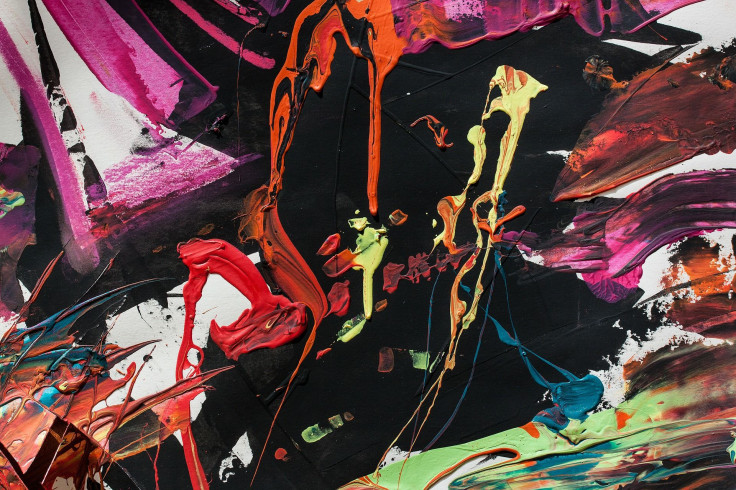Creative Therapy: Making Art At Any Skill Level Reduces Stress, Cortisol Levels

Making art at any skill level — from a stick figure to academic oil painting — can reduce stress levels, according to a new study out of Drexel University. The researchers found that pretty much anyone could benefit from making art, despite initially holding the belief that people with past artistic experience would benefit the most.
“It was surprising and it also wasn’t,” said Girija Kaimal, assistant professor of creative arts therapies, in a press release. “It wasn’t surprising because that’s the core idea in art therapy: Everyone is creative and can be expressive in the visual arts when working in a supportive setting. That said, I did expect that perhaps the effects would be stronger for those with prior experience.”
For the study, researchers gathered 39 adults between the ages of 18 and 59, and had them take part in 45 minutes of art-making. About half of the participants reported having little to no experience in making art. The researchers measured stress hormones like cortisol before and after the session via saliva samples. Cortisol, an adrenal hormone that manages the body’s response under stressful situations, is usually higher in people who are under acute or chronic stress. Long-term effects of high cortisol levels can damage brain structure and cognitive function, and chronic stress can hurt nearly every part of your body, from your muscles to your heart.
The participants were given paper, markers, modeling clay, and collage materials, and didn’t receive any instructions — they were just told to express themselves however they wished. After the art therapy session, 75 percent of participants showed lower cortisol levels, regardless of their skill level.
“It was very relaxing,” one participant wrote about the session. “After about five minutes, I felt less anxious. I was able to obsess less about things that I had not done or need[ed] to get done. Doing art allowed me to put things into perspective.”
It’s no surprise that art therapy can be beneficial to emotional and psychological health. Research has shown that artistic self-expression was an effective therapy for victims of childhood sexual abuse, and helped them work through painful experiences. Kids with behavioral or emotional problems who are enrolled in art therapy reap benefits as well: In one study, after a 10-week “Art Room,” children emerged with lower rates of depression and behavioral problems, and a greater sense of self-esteem.
The benefits of art therapy go beyond just helping kids, however. The technique has been used with dementia patients to help them express thoughts that might be difficult to communicate otherwise. And recent research into adult coloring books has shown that they can actually induce a positive physiological response in people, which makes them an effective outlet for reducing stress.
Though 75 percent of participants appeared to benefit, 25 percent actually ended up having higher cortisol levels — though that might be because “the art-making resulted in a state of arousal and/or engagement in the study’s participants,” Kaimal said. Regardless, the researchers hope to continue their research to better understand how art-making — and how certain materials — affect people differently on a physiological and psychological level.
“We want to ultimately examine how creative pursuits could help with psychological wellbeing, and therefore, physiological health as well,” Kaimal said.”
Source: Kaimal G, Ray K, Muniz J. Reduction of Cortisol Levels and Participants’ Responses Following Art Making. Art Therapy: Journal of the American Art Therapy Association. 2016.



























